ExclusiveA History Of Favre Leuba: The Growth And Resilience Of The World’s Second Oldest Watchmaker
How Favre Leuba continues to hold ground in the horological world since centuries, despite many rebirths and change of hands
May We Recommend
The world’s second oldest brand, Favre Leuba, from Switzerland’s third smallest city Le Locle has produced many firsts with their line of watches, movements, and horological innovations. There’s the Bivouac—the first mechanical altimeter on the wrist, later upgraded to Raider Bivouac 9000. There’s the Bathy—the first mechanical dive watch with depth gauge. And then there’s the FL251 calibre—their ultra-thin mechanical movement produced in-house. Much is to be learnt from these sturdy tool watches as all Favre Leuba iterations have had multiple rebirths—for instance, the initial date-and-time model of Harpoon, which evolved into a dive watch, the Raider Harpoon.

1737–1900: When The Favres Met The Leubas
The Favre family saw generations of Abrahams and Henrys/Henris; all ambitious men who took the business to new lands and new highs in horological innovations. From the Favres and Leubas, Abraham Favre (1685–1762) was the first watchmaker. An agreement dated March 29, 1718, saved at the Neuchâtel State Archives, shows that master watchmaker Daniel Gagnebin had signed a three-year deal to teach Abraham Favre the ropes of watchmaking; another document dated March 13, 1737, recorded Abraham as a watchmaker running his own workshop. He was appointed the Maître horloger du Locle (master watchmaker of Le Locle) around 1749. Abraham Favre crafted his pocket watches with passion. This is evident from a vintage brochure showcasing an intricate Favre pocket watch made from solid silver, engraved with scenes from the snowy Alpines, with a tag line: ‘Every watch is carefully timed and adjusted before despatch and fitted in neat case with spare glass and mainspring.’
It was Abraham’s son, also named Abraham, who gave the business a commercial edge. And with his sons, Frederic and Henry-Louis, the trio established A Favre & Fils in Le Locle, to innovate with diverse materials and horological technologies to improve accuracy of their mechanical calibres. Then, at the age of 19, Frederic Favre’s son, Henry-August, cofounded Favre-Leuba with Auguste Leuba, who also came from watchmaking ancestry. The new partners took the business to Germany, Russia, Cuba, USA, Brazil, and Chile in the early 1800s to establish their pocket watches in unexplored markets. A romantic entanglement—Frederic Favre’s son Fritz married Adele-Fanny Leuba in 1855—brought the families closer. Fritz, who had served as the Assistant to the Major in the battalion I of Le Locle, accelerated brand publicity, and entered their pocket watches into national and international exhibitions, where they won awards—in London (1851), New York (1853), Paris (1855), Bern (1857), and Porto (1865), among others.
1900–2000: In-House Calibres And Path-Defining Watches
Favre-Leuba struck gold from mid-20th century with new explorations, markets, back-to-back launches of in-house calibres and watch models. The brand became a regular exhibitor at the Basel Watch Show from 1946, and the Salon Montres et Bijoux (trade show for watches and jewellery) in Geneva after 1953. The year 1948 marked an unprecedented high when Favre Leuba bought over the name and manufacturing facilities of Swiss watchmaker, Bovet, and designed new timepieces, engraved with names of both watchmakers. Their first manual-winding in-house calibre FL101 was launched in 1955, which powered subsequent models, such as the brand’s first moon phase watch; and the three date-and-time waterproof models—the Sea King, Sea Chief and Sea Raider—all launched in 1956. The updated version FL102 calibre powered the 1957 Datic line of steel watches, while automatic calibres FL103 and 104 powered the new Daymatic line.
Favre Leuba: the India connection
Favre Leuba became the first Swiss company to set up shop in Independence-era India. In December 2016, the CEO of Favre Leuba at the time, Thomas Morf recognised the customer loyalty in the Indian subcontinent towards Favre Leuba during chaotic historical times. “After World War II, it was due to the brand’s own offices in the country that Favre Leuba enjoyed stability in the subcontinent, which allowed it to win back its position in many other markets,” he had stated. Particularly enchanting are the vintage advertisements promoting the brand. One advertisement reads, ‘Modern time in the shadow of ancient temples’, accompanied by a wristwatch with temples as the backdrop. The ads featured store locations in cities in their old avatars, such as Bombay, Secunderabad, Calcutta, and Rangoon.
The Glorious 1960s: achievements that elevated Favre Leuba
The year 1962 was a gamechanger. It was studded with new launches of original timekeepers. It began with the launch of the FL251 calibre—an extra-thin (2.95mm), twin-barrel movement with a central seconds hand and a 50-hour power reserve. On its heels came the Bivouac—the first hand-wound wristwatch inbuilt with an altimeter and aneroid barometer. French ethnologist Paul-Émile Victor was wearing the Bivouac when he summited Antarctica, and so did Swiss explorers Michel Vaucher and Walter Bonatti when they summited the Grandes Jorasses in the Alps. At some point in the 1960s, Favre Leuba unveiled the Sandow, modelled after dress watches from the 1940s and 50s, and paid tribute to the bodybuilder Eugene Sandow, who had built a gym in London. The brand launched their first dive watch, Deep Blue, offering 200m of water resistance in 1964; and an updated Sea King iteration in 1965. Then, two milestones defined 1968: the launch of a snazzy date-and-time, orange-and-silver-hued Harpoon, and the first mechanical watch with pressure/depth gauge—the blue-and-silver-hued Bathy.
The quartz crisis: Favre Leuba surviving the storm
By the 1960s, Favre Leuba was run by the eighth-generation board of directors: Henry A Favre’s sons, Florian, and Eric, with the grandson of Fritz-Augustus Favre, Frederic A Favre. Then, the quartz movement burst on the scene with low-cost, less-maintenance, and more accurate timepieces, which nearly wiped out the traditional mechanical watch market, including Favre Leuba. Around that time though, in 1969, Favre Leuba and Jaeger-LeCoultre became sister companies, after Georges Favre purchased SAPHIR (renamed from SAPIC or Société Anonyme de Produits Industriels et Commerciaux) from Jaeger-LeCoultre that the latter had started as a holding company for their watchmaking interests. The proof lies in an unnamed 1973-dated brochure (as pictured), displaying watches such as the Bathy 50, which was produced under this joint ownership.
The Zug-based brand used Jaeger-LeCoultre’s trademark concepts to manufacture products such as the famed Reverso—whose original model Favre Leuba retailed in the 1930s—before Jaeger-LeCoultre took it entirely under their wing in the late 1980s. Still, Favre Leuba teetered due to the quartz crisis, and in the 1980s, the company was sold to Benedom SA, who passed it to LVMH (Louis Vuitton Moët Hennessy), followed by Titan Co Ltd (then Titan Industries Ltd) in 2011. Meanwhile Jaeger-LeCoultre regained strength with their own identity, having become a part of the Richemont Group in 2000.
2000–Present: Recent Accomplishments And The Modern-Day Favre Leuba
After the 1970 revamps, it was in 2016 that Favre Leuba unveiled the new Raider and Chief collections, and relaunched their flagship model, the Raider Harpoon, as the ultimate dive watch with a patented time display, 500m of water resistance, and a secure helium valve. The crowning glory is the relaunched Bivouac as Raider Bivouac 9000, the world’s first mechanical timepiece that can measure altitudes up to 9000m. It was launched on their 280th anniversary, in tow with a Favre Leuba backed Arctic Mission to protect the fragile ecosystem in the Central Artic Ocean, helmed by Arctic explorer, Rupert Nigel ‘Pen Hadow’ Pendrill Hadow; the fifth Indian who scaled seven summits, Satyarup Siddhanta; and later by ethnologist Paul-Emile Victor—with the Bivouac 9000 on their wrists.
A year after its launch, on May 20, 2018, Adrian Ballinger summited Mount Everest with the Raider Bivouac 9000 on his wrist, making it the world’s first mechanical altimeter watch to touch the altitude of 8,848m; redefining the brand’s tagline: ‘Conquering frontiers’. Other ‘friends of the brand’, over the years, have included Swiss athletes Ralph Weber, Nicolas Hojac, and Ricardo Feller; and Japanese sportspersons Sayuri Kinoshita and free-ride skiier Taisuke Kusunoki.
Among the other highs for the brand in 2018, the 1968 Bathy celebrated its golden jubilee with a revamped Raider Bathy 120 MemoDepth, while the Bivouac 9000 launched a 48mm titanium model accented in black, with contrasting safety reflector strap and lume markers. The latest Sandows feature a basin-like dial design, with a flat, textured surface and is available in hues of blue, green, grey or white. Meanwhile, A Favre & Fils was pulled out of the shadows in January 2019 by Laurent Favre, the 10th generation Favre, with the creation of the ‘first Swiss handcrafted mechanical timepiece with a built-in crypto-currency cold wallet and state-of-the-art security solution’.”
Favre Leuba, since their inception, have had many highs and lows, as they launched pathbreaking watches and subsequent upgrades, gained and lost parts of their identity—including the hyphen in their original title—along the way. Yet, the watchmakers continue to thrive on new horizons and iterations with the same gusto that they began with, from the house of Favre in their workshop in the Alps, centuries ago.








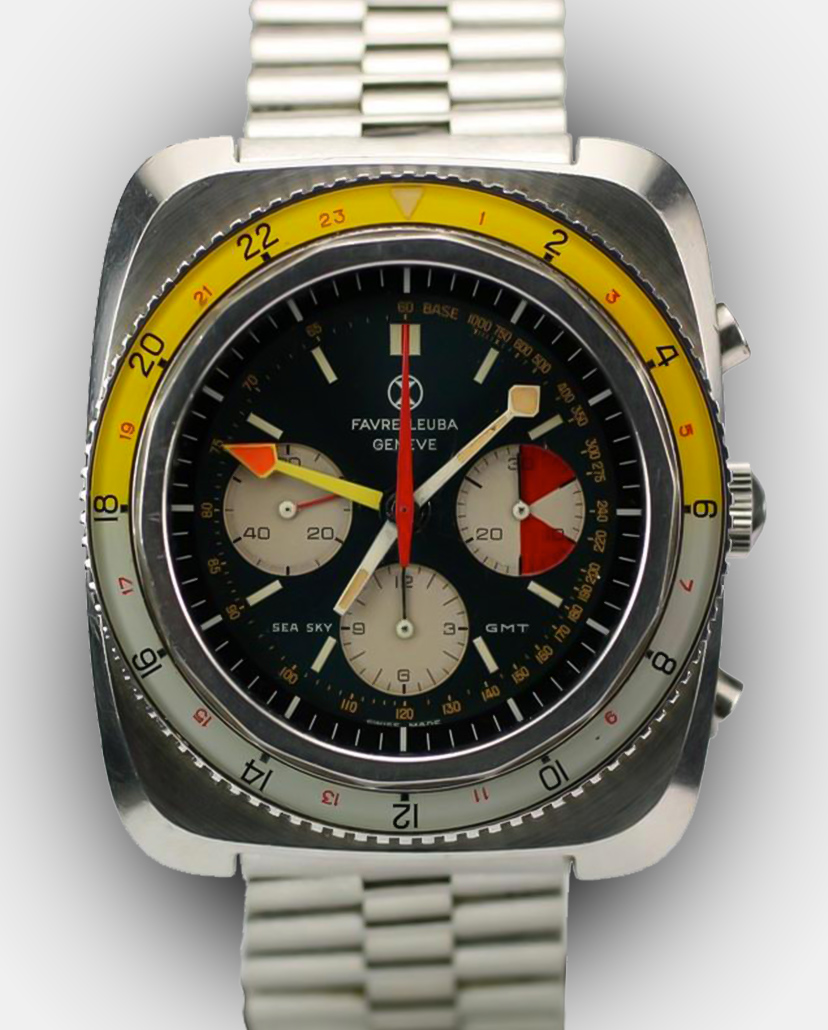
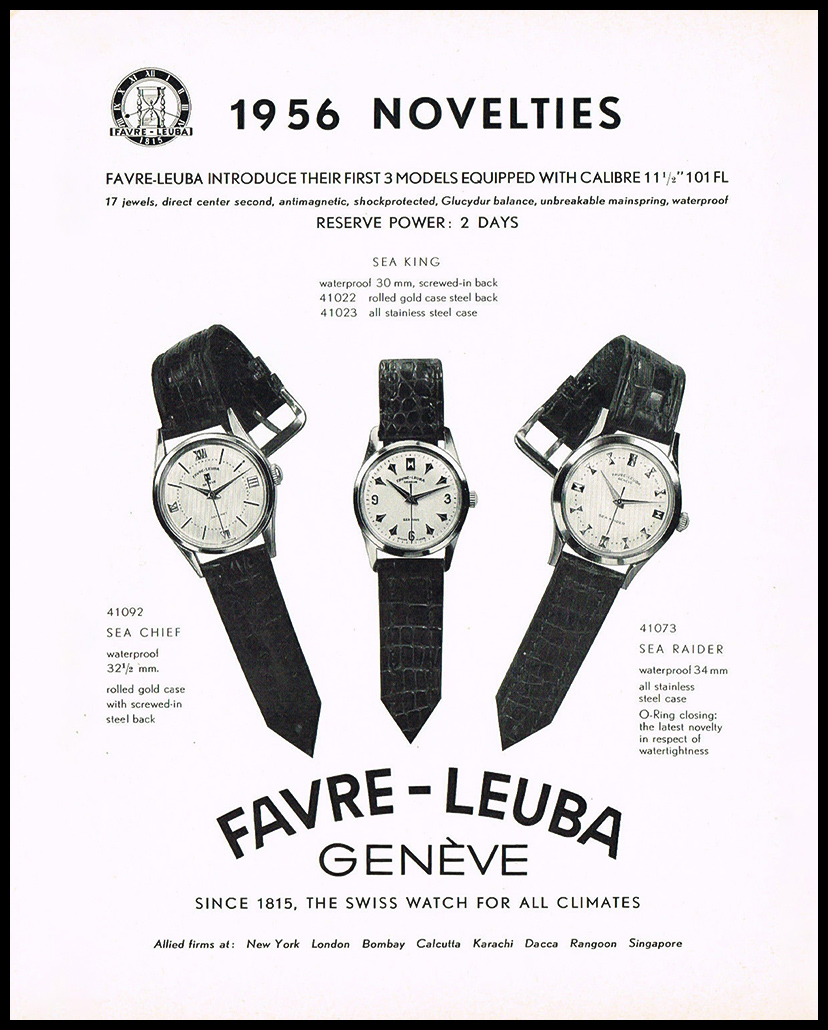










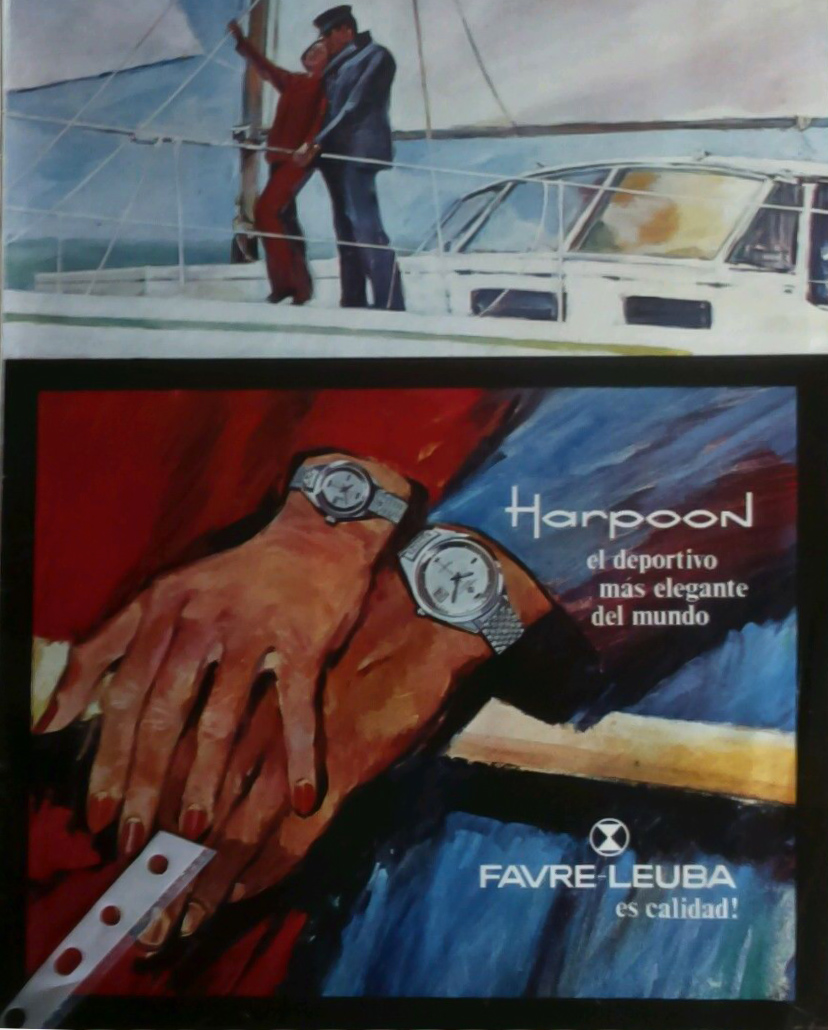










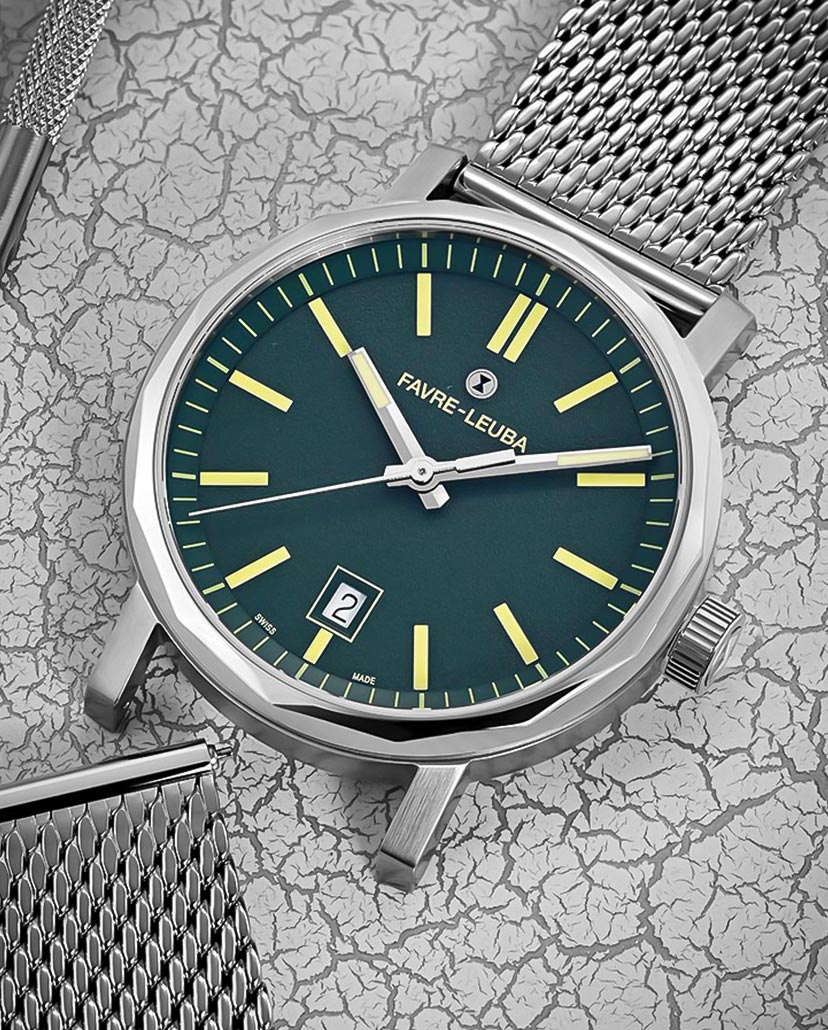


















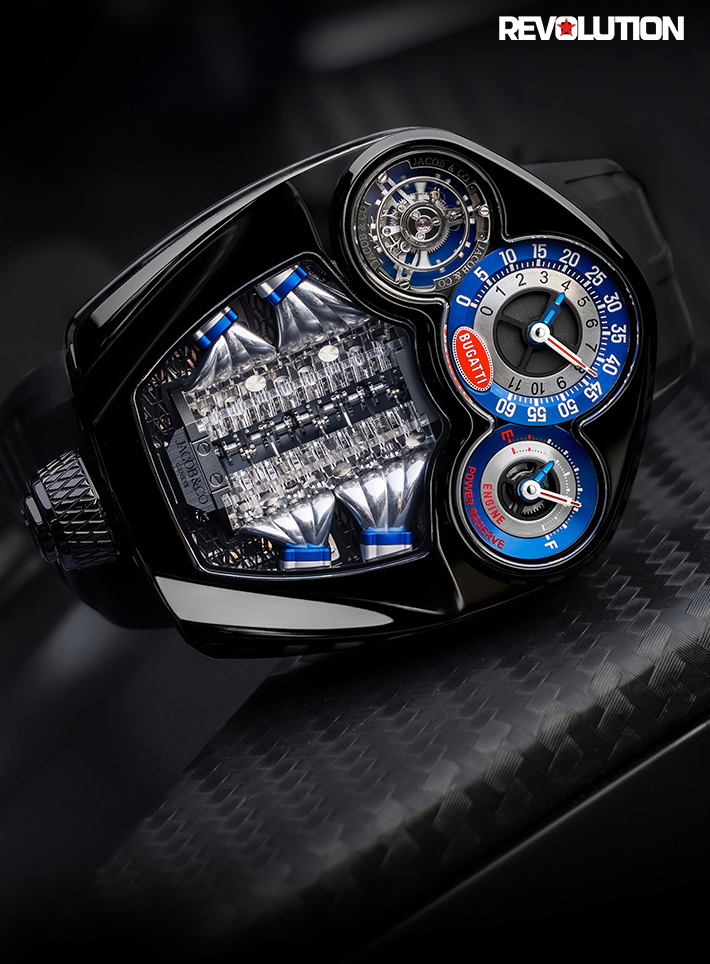




I need information of one of my pocket watch
Hi Abhishek,
Thank you for your comment. Do tell us about this watch you’re referring to. We’ll see what we can find out for you.
Thank you for reading!
The Watch Guide